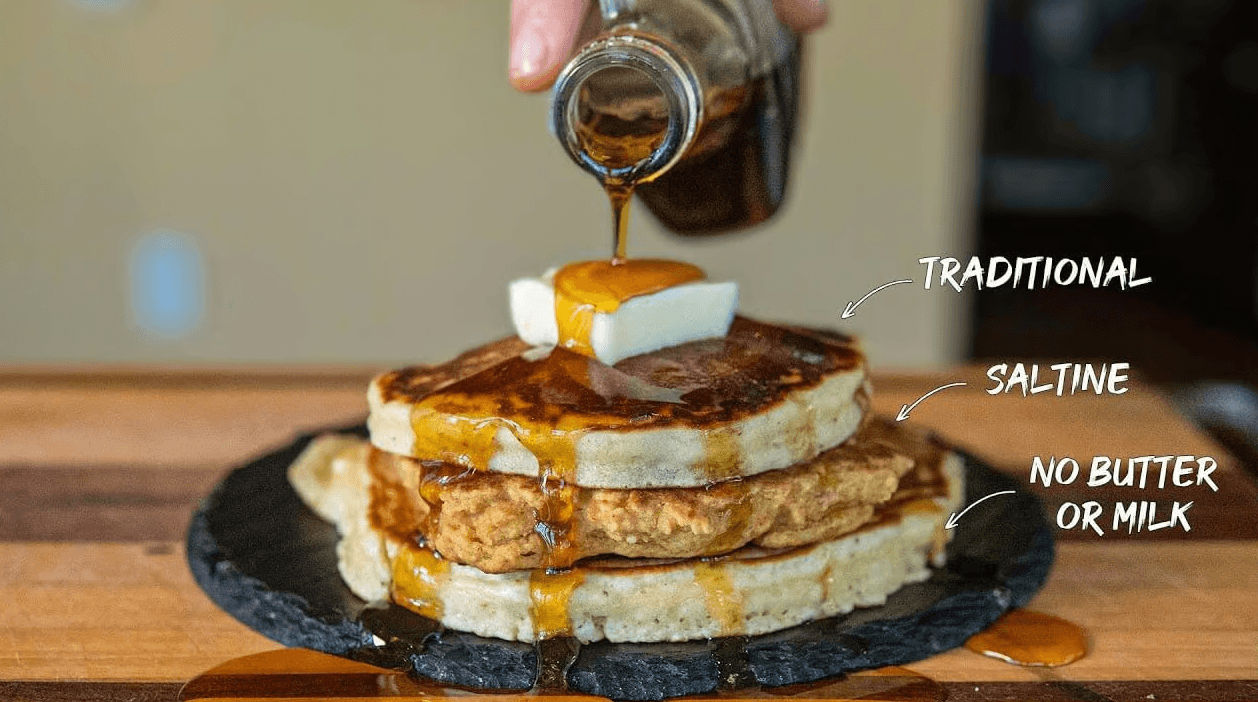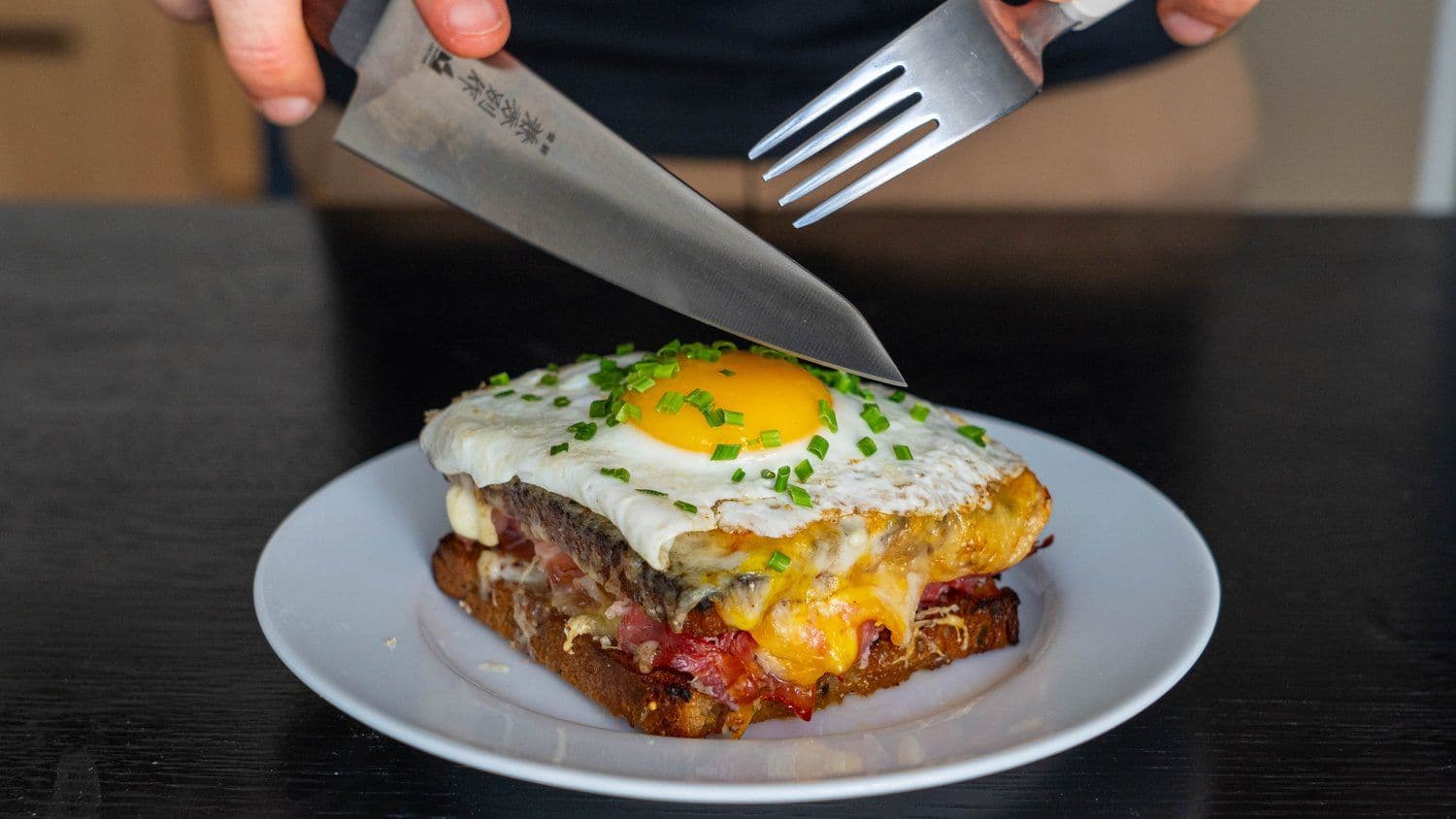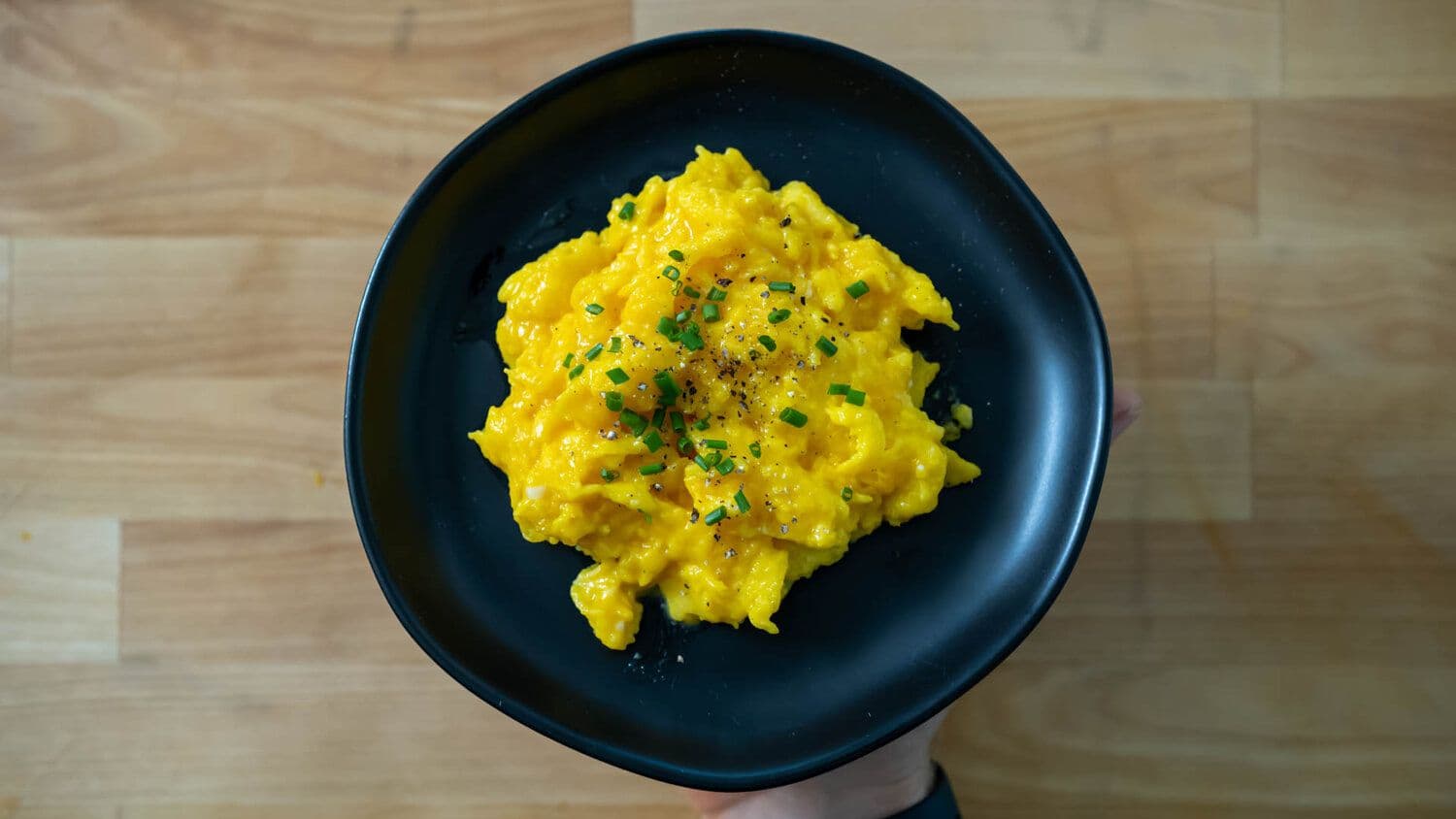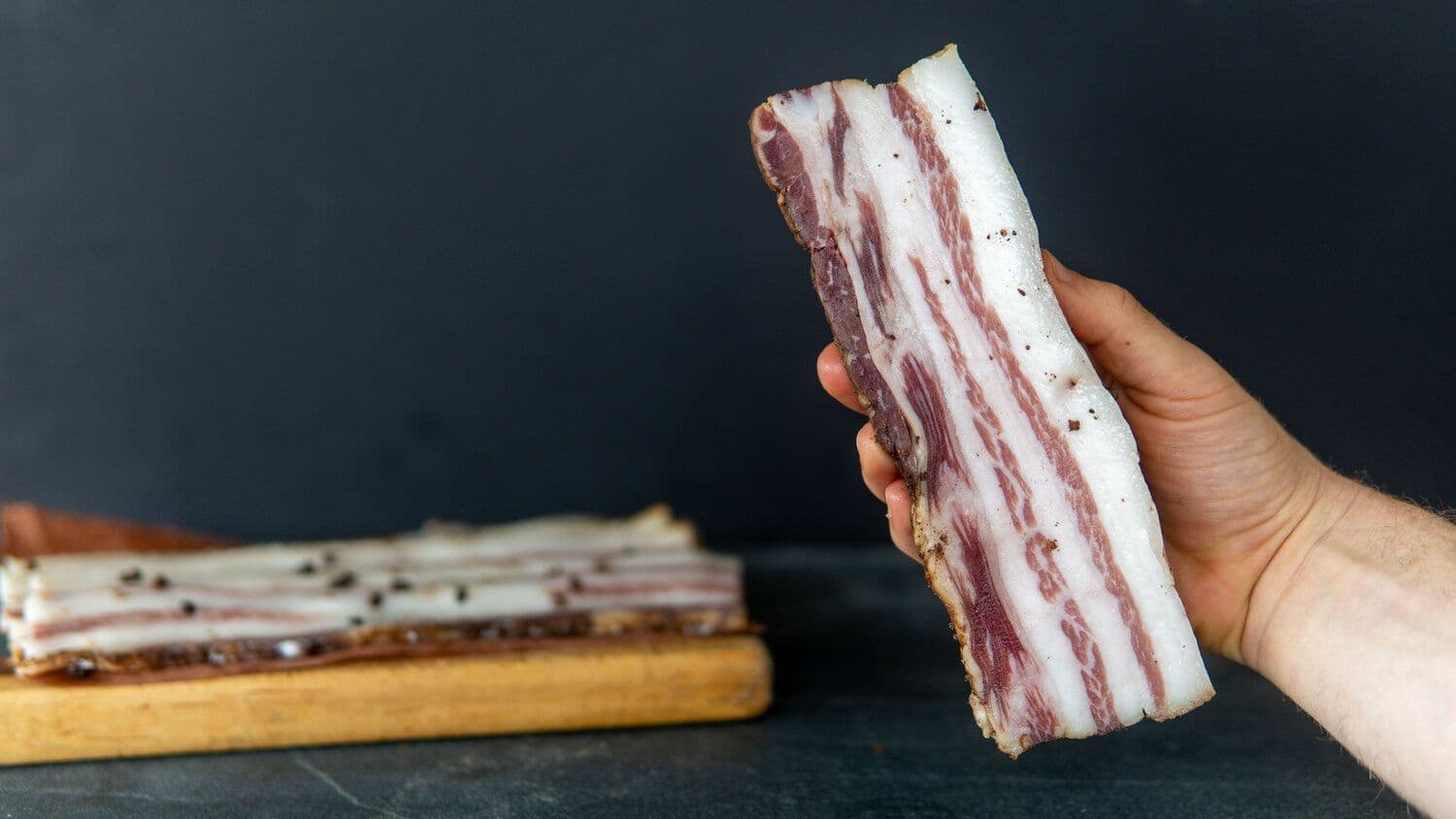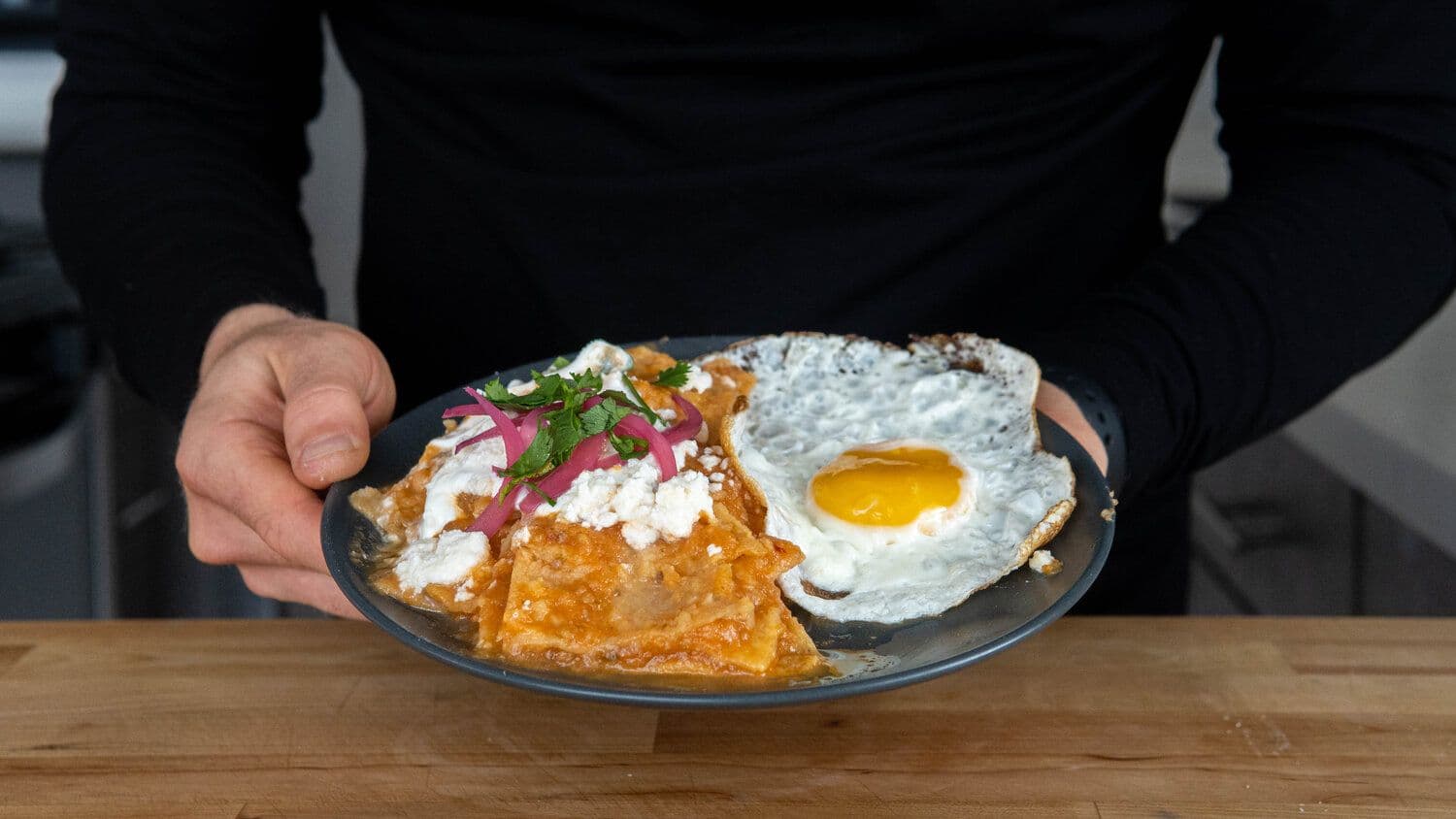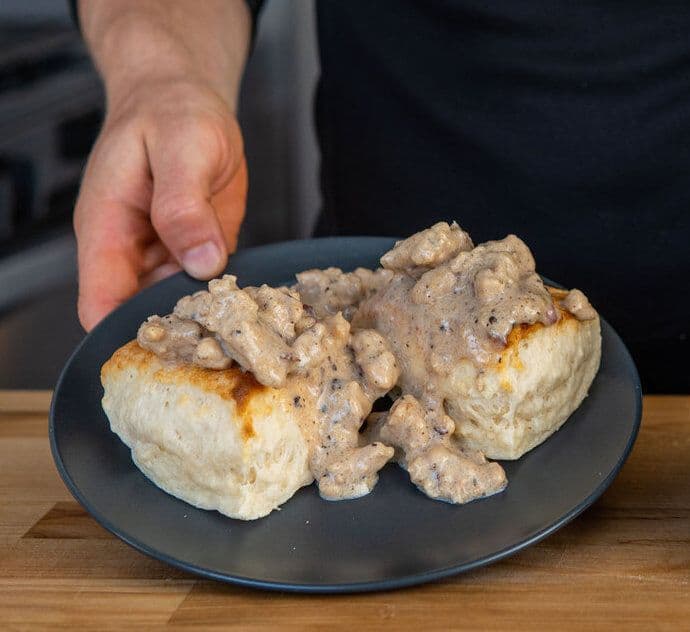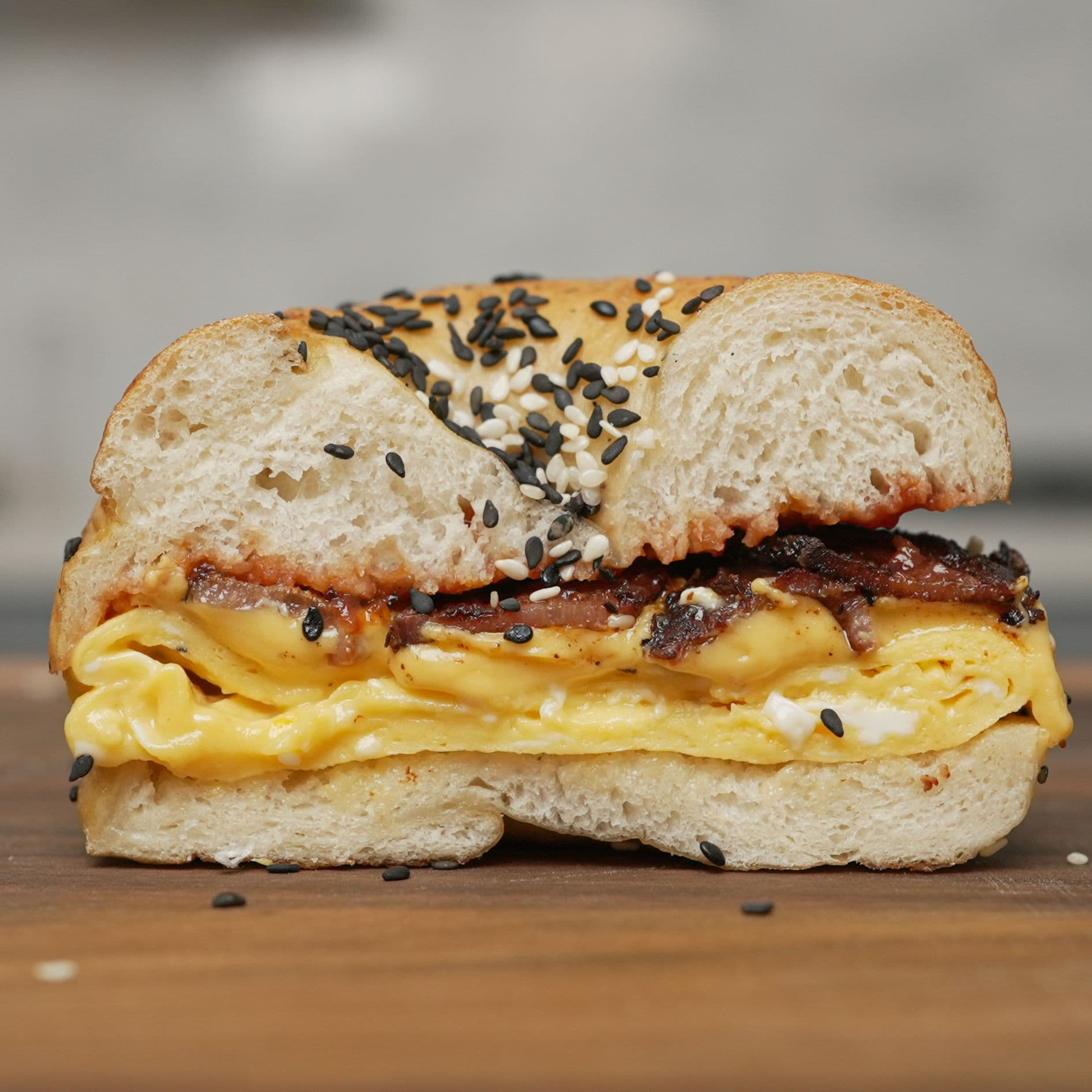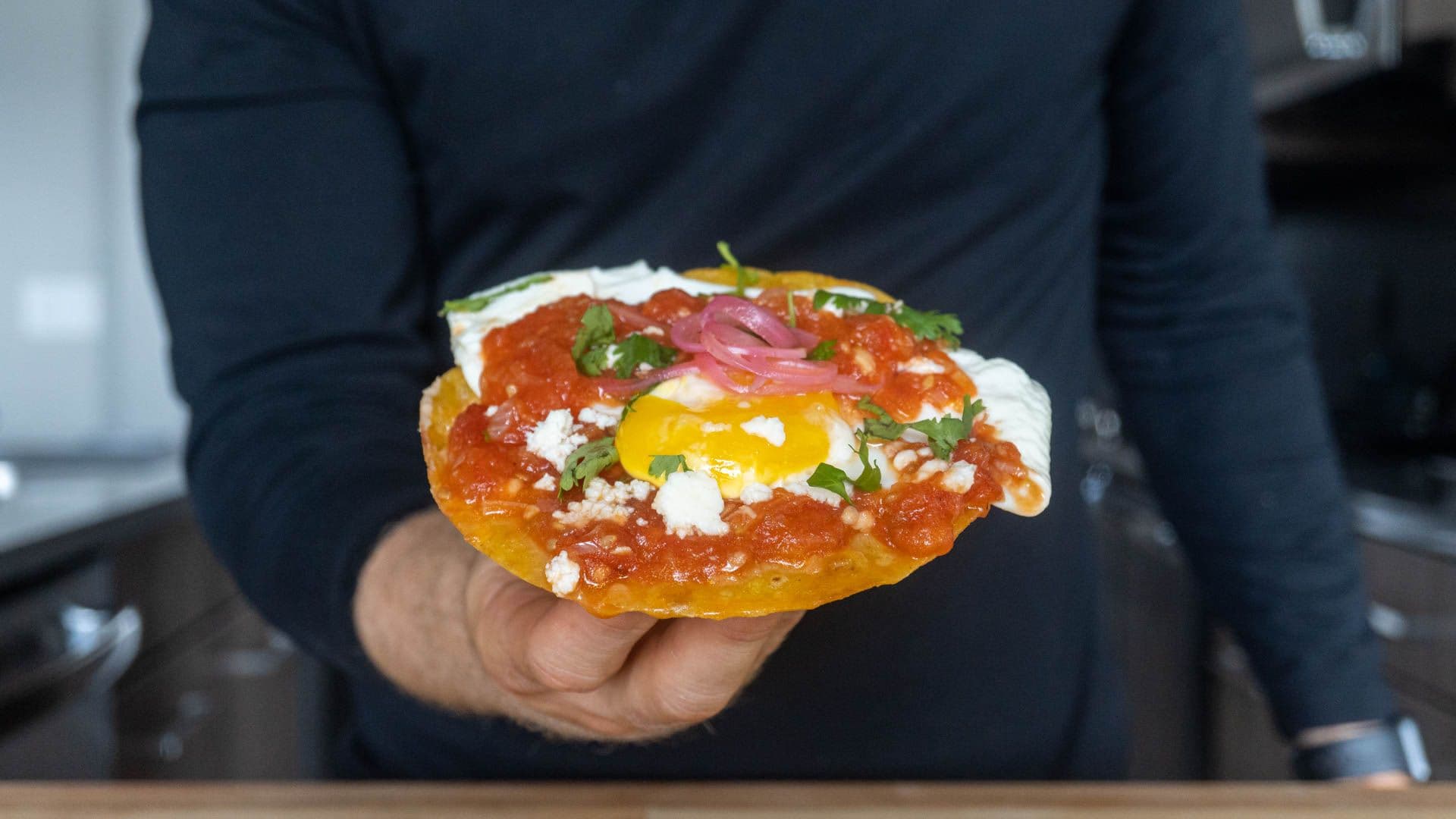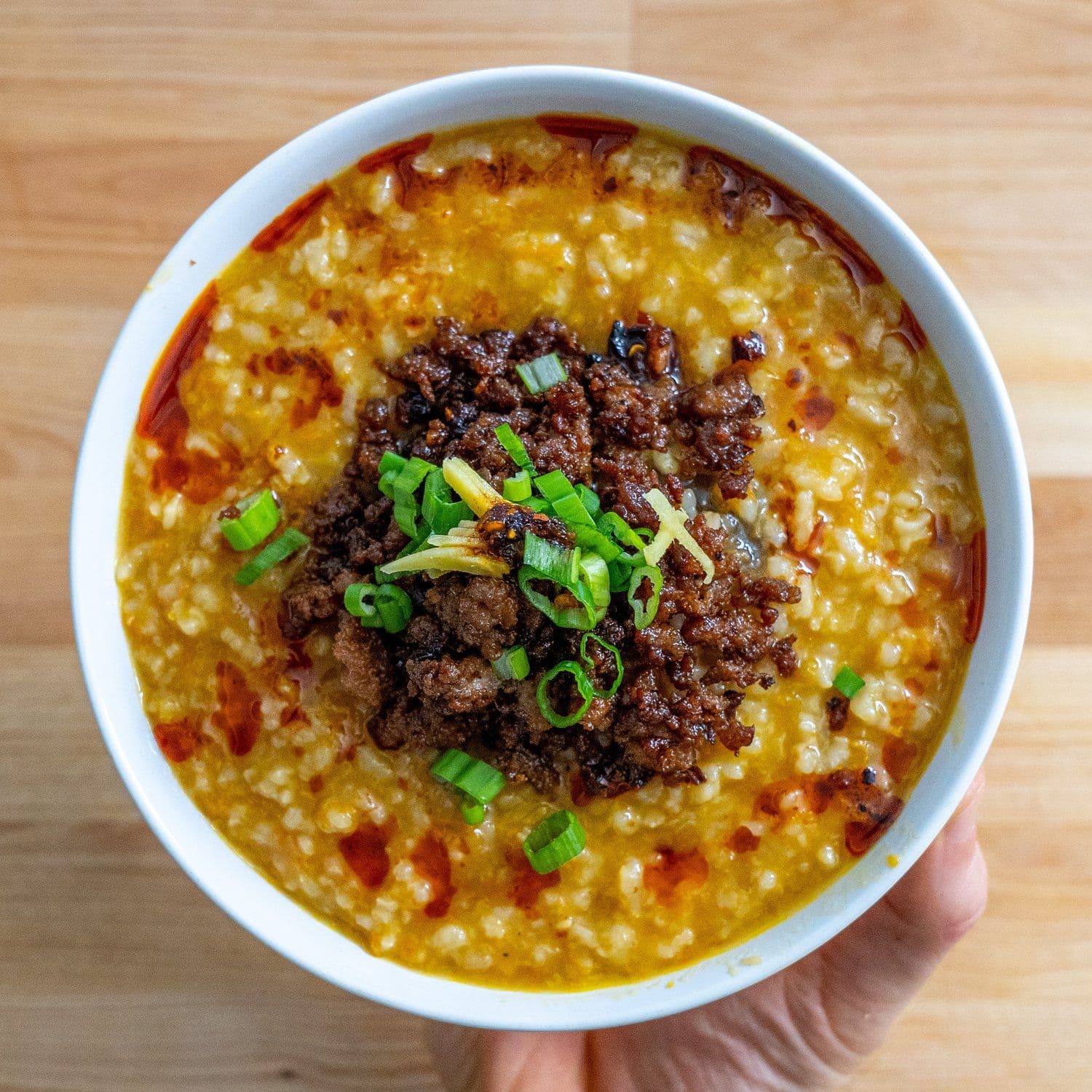People claim baking is more of a science than an art. One way to approach that is by understanding the formulas that make up different doughs and batters (e.g. cake vs brioche vs fritter vs cookie).
- Today we're focusing on the pancake batter equation. If you want us to cover other baked good blueprints, reply to let us know, or check out Michael Ruhlman’s excellent book Ratio, which inspired this edition.
Why learn this blueprint?
Once you understand the component ratios of a pancake batter, you can whip them up without having to consult a bunch of different recipes. Plus, you’ll be able to:
- Scale recipes up or down with ease
- Make pancakes out of anything, utilizing different kinds of flour, cooking liquids, or fats you have around
- Adjust recipes to match your dietary needs
Instead of running to the store on a Saturday morning, you can keep the pajamas on and McGyver your way to a delicious breakfast.
Base batter ratios (by weight)
- 2 parts flour
- 2 parts liquid (usually milk)
- 1 part egg
- 1/2 part fat (usually butter)
- 1/4 part sweetener (usually sugar)
- And added leaveners (baking soda) & any extra flavor additions (vanilla, salt, & mix-ins)
Note: These are the ratios for a standard, middle-of-the-road pancake. Japanese soufflé pancakes or thin crepes use very different ratios, for example.
Substitution options
Pancakes are forgiving because the “flour” component doesn’t need to have gluten since you don’t want to over-mix the batter and develop gluten strands anyway (which would result in a chewy, not tender, flapjack).
Notes
Baking powder: As a general rule of thumb, you’ll want about 5 g of baking powder for every 100 g of flour in pancake batter, or around 5% baking powder by weight of the flour.
- For fluffier pancakes, you can use even more — up to 10% of the flour — although more baking powder means your pancakes will brown and go darker much easier, since the browning is also a function of PH.
Flavor adjusters: vanilla extract & salt are standard baked good seasonings, but pancakes welcome other mix-ins like nuts, chocolate, etc.
Method: Mix the dry and wet ingredients separately before combining to avoid overworking the batter. Once it’s together and hydrated, spoon dollops onto an oiled griddle.
- Btw — ever wondered why some pancakes are splotchy, while others are perfectly browned? Here’s why.

